Grom Motorcycle Museum: A Family’s Passion For Preserving The Industrial Heritage Of Motorcycling
Images: courtesy Muzej Motociklov Grom
The Grom Motorcycle Museum is famous for one of the most varied and one of the largest collections of historic motorcycles in the world. The privately-owned museum showcases Slovenian, as well as world motorcycling history and the development of the two-wheeler industry.
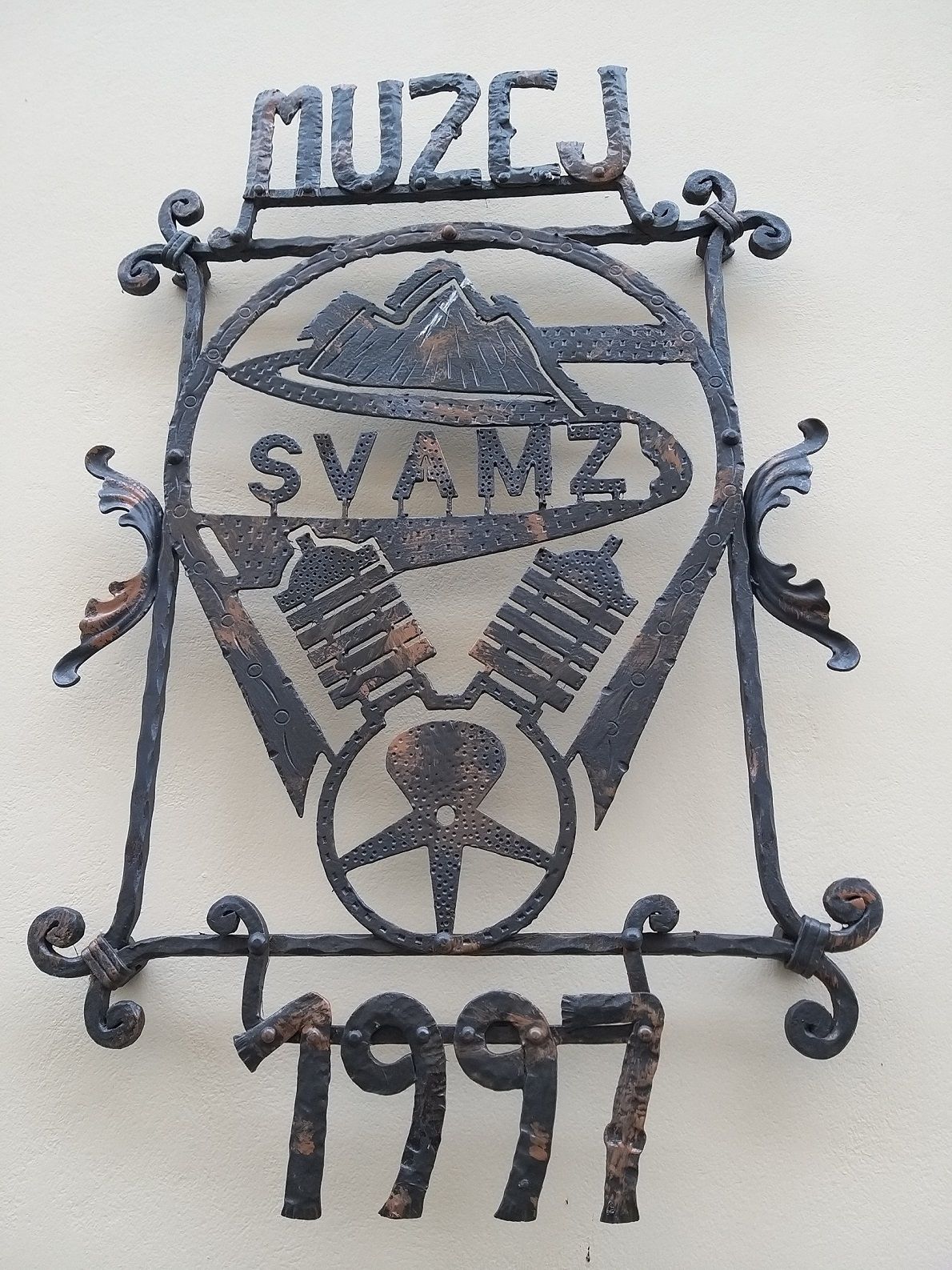
The museum has on display over 140 motorcycles, ranging from the famous to the infamous, rare and the precious. When there, you will see a range of Puch motorcycles from 1906 and 1912, ABCs from 1919, Harley-Davidsons from the 1920s, as well as BD Praga, Victoria, Indians, even motorcycles which were popular with women, such as the Ner-a-Car and others.
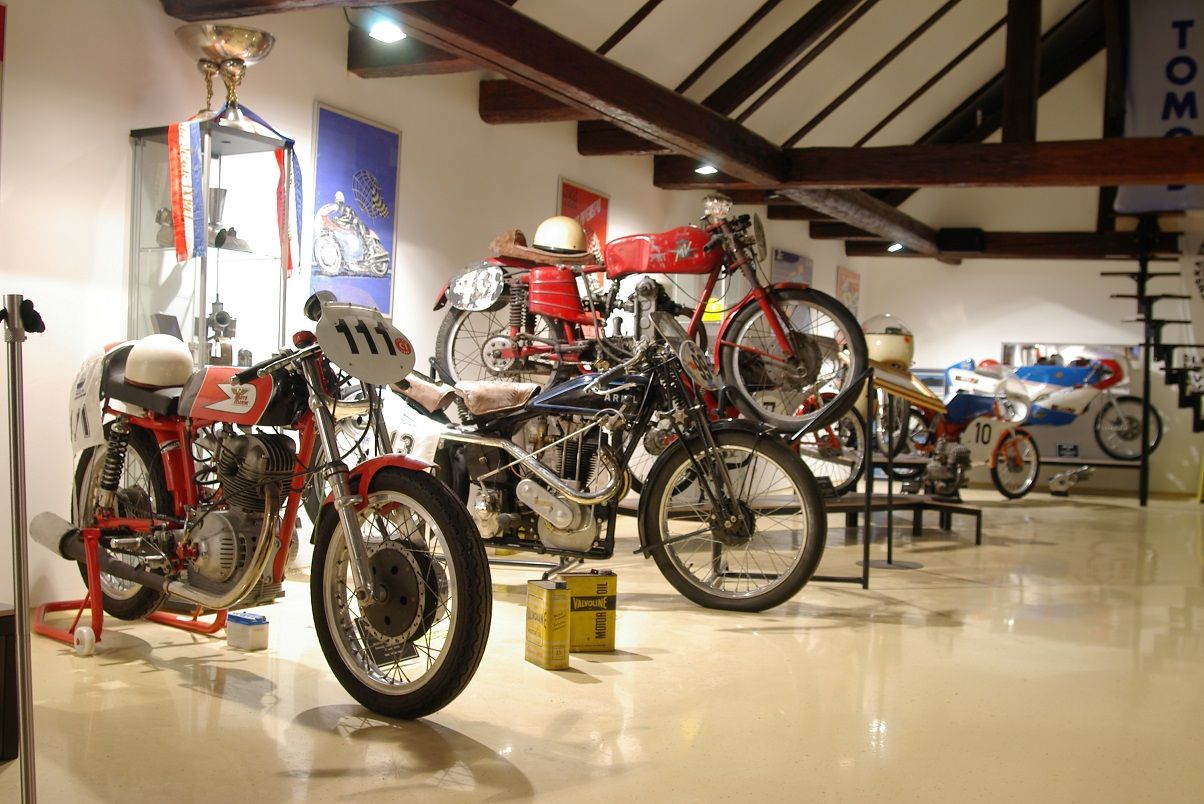
The Muzej Motociklov Grom (as the museum is called in Slovene) was established by Petja Grom in 1997, a year after he returned to Slovenia with his family. Initially, it was an open-air museum featuring a collection of motorcycles.
Since then, the museum has become a contact point for all the fans of Slovenian vehicles, as well as the birthplace of the Slovenian Veteran Car and Motorcycle Association (Slovene: SVAMZ), which has been operating out of this museum since its establishment.
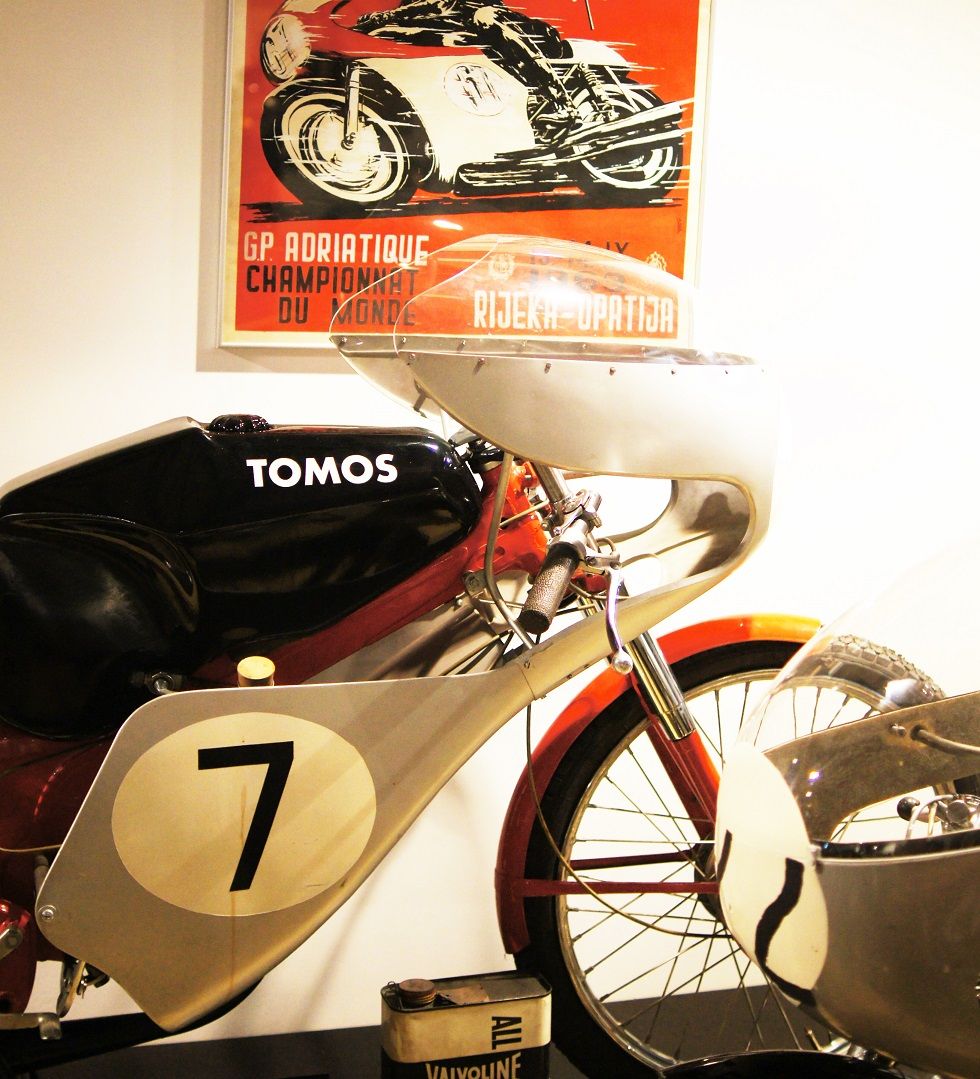
Interestingly, the museum was opened on September 19, 1997, at 11am, exactly one hour before the opening of the recently built section of the highway Arja vas-Vransko. The keynote speaker for this occasion was the director general himself, Stanislav Veniger.
A day before, on the highway, an information board was set up, and that board still stands today. This was the first board of that sort along the Slovenian motorways, and the one signalling the Postojna cave followed much later.
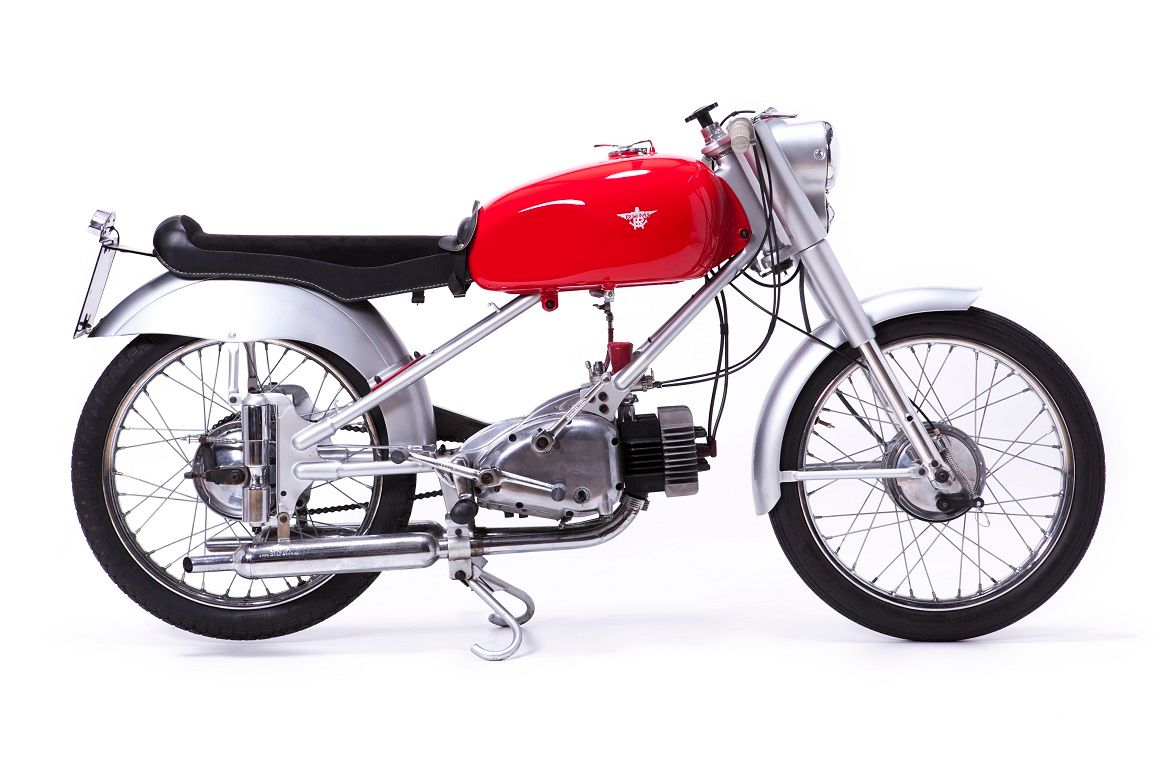
Legend says that there used to be a lake in the basin where the Vransko town square stands today, with thousands of crows living around the lake. After the lake dried up, a settlement grew on the site. The coat of arms of the town, depicts Vransko Square, since 1868, and it shows a crow standing on a branch of a very sparse trunk. This has been the symbol of the municipality of Vransko since 1999. Incidentally, Vransko, means crow.
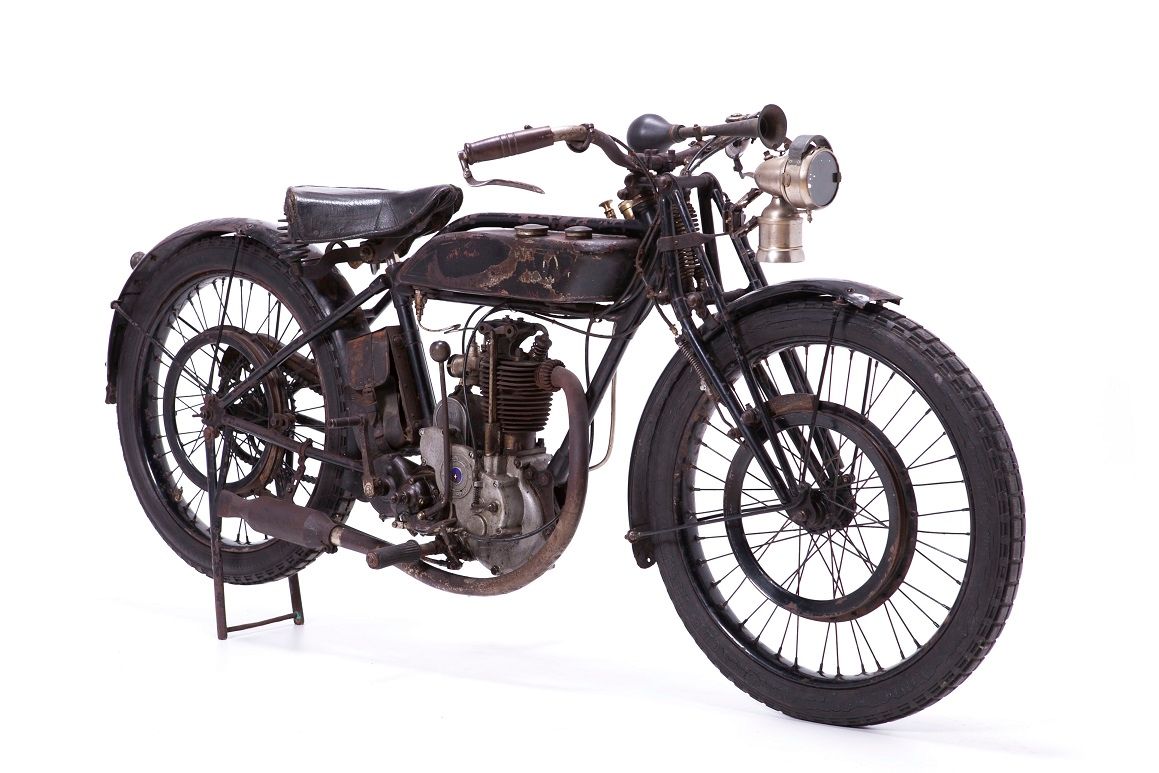
Vransko is the last major settlement on the western edge of the Lower Savinja Valley. The “furman” (carrier with a horse-drawn carriage) road between Trieste and Vienna used to pass through the town. To the west of the settlement, the very baroque Vransko Manor stands on a slight rising.
The motorcycle museum is not Vransko’s only claim to fame—other attractions include the Schwentner House, the old Post Office, St Michael's Parish Church and the Vransko Ethnological Collection. Vransko is also famous for its hiking trails, which lead to Menino Planina, Dobrovlje, Grmada, Velika Planina and Krvavica.
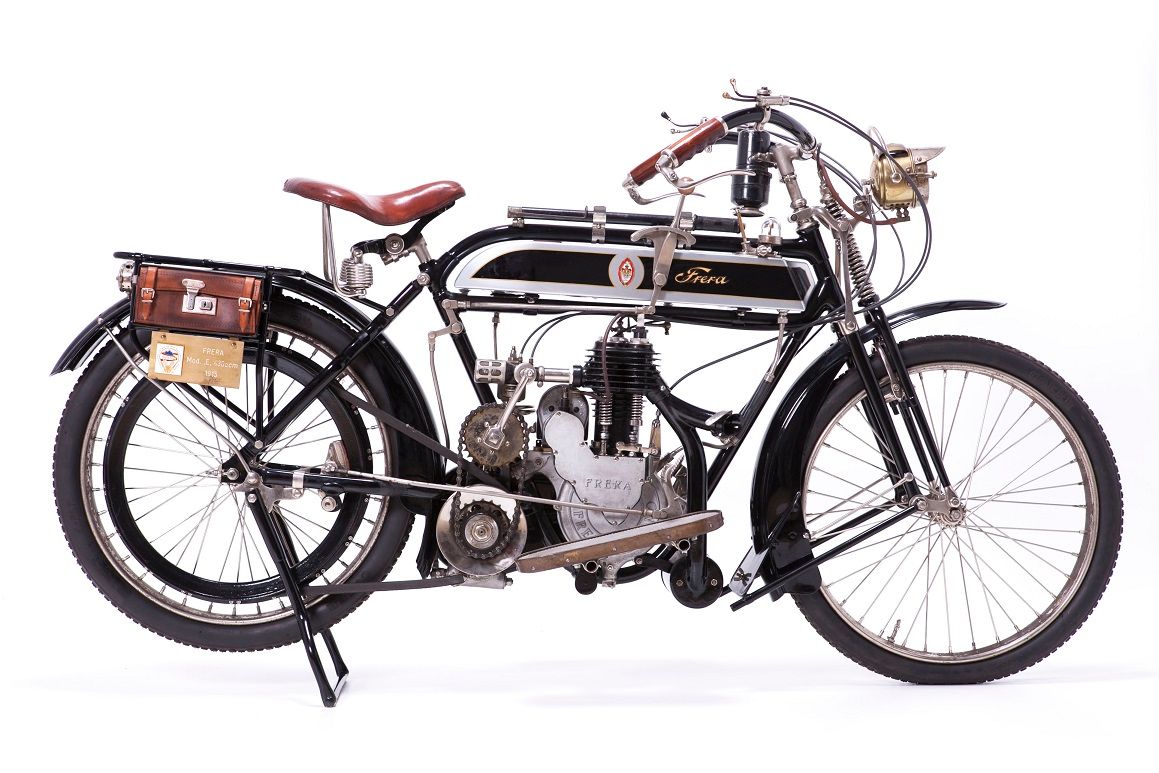
Petja Grom, who was a student of architecture in Ljubljana, built a small house in the town, which in time grew to a family home, even as it retained its original spirit. Later on, the property grew to include surrounding buildings, where Petja and his family established the museum.
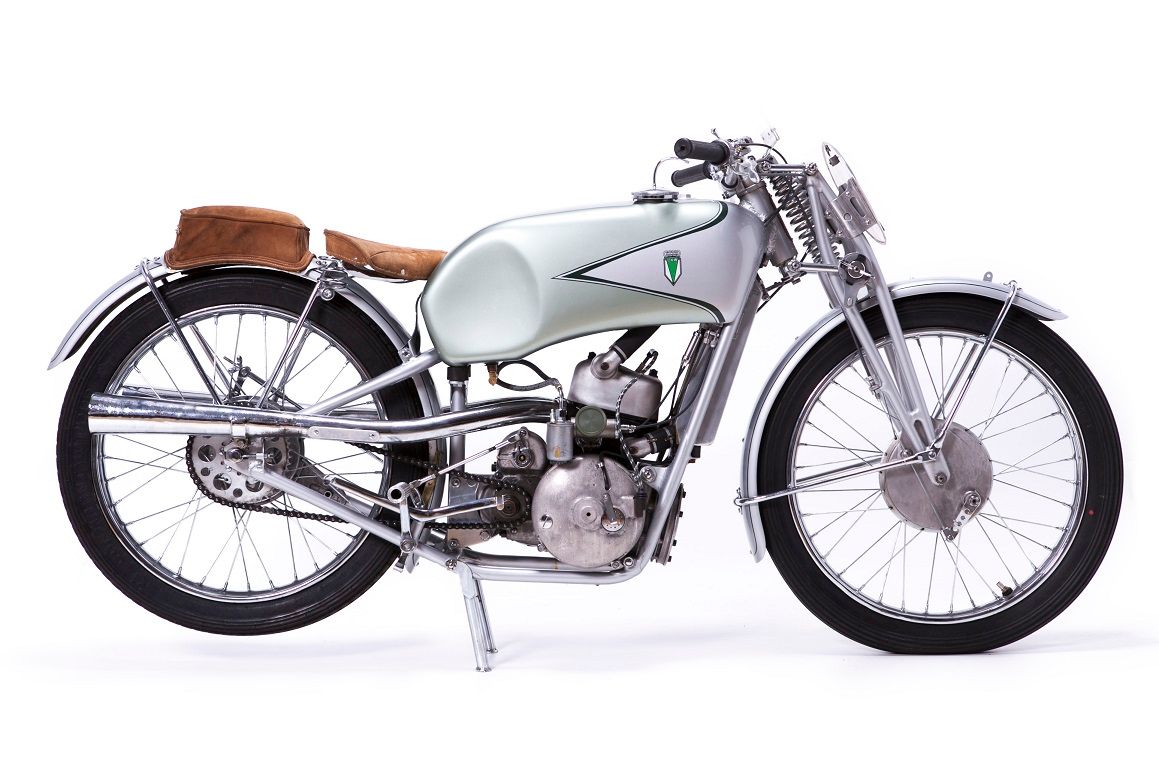
It is not just the early models of motorcycles that can be seen at the Grom Motorcycle Museum—the 1930s, for instance, are well represented in the form of Ariels, BSAs, AJS, Moto Guzzis, Gileras and other gems from the world of pre-War motorcycles. A special section of the exhibition is dedicated to racing and military motorcycles. Additionally, there are rare examples of pre-WW II number plates, as well as leather and canvas suits, helmets, badges, medals, stamps, posters and many other memorabilia.
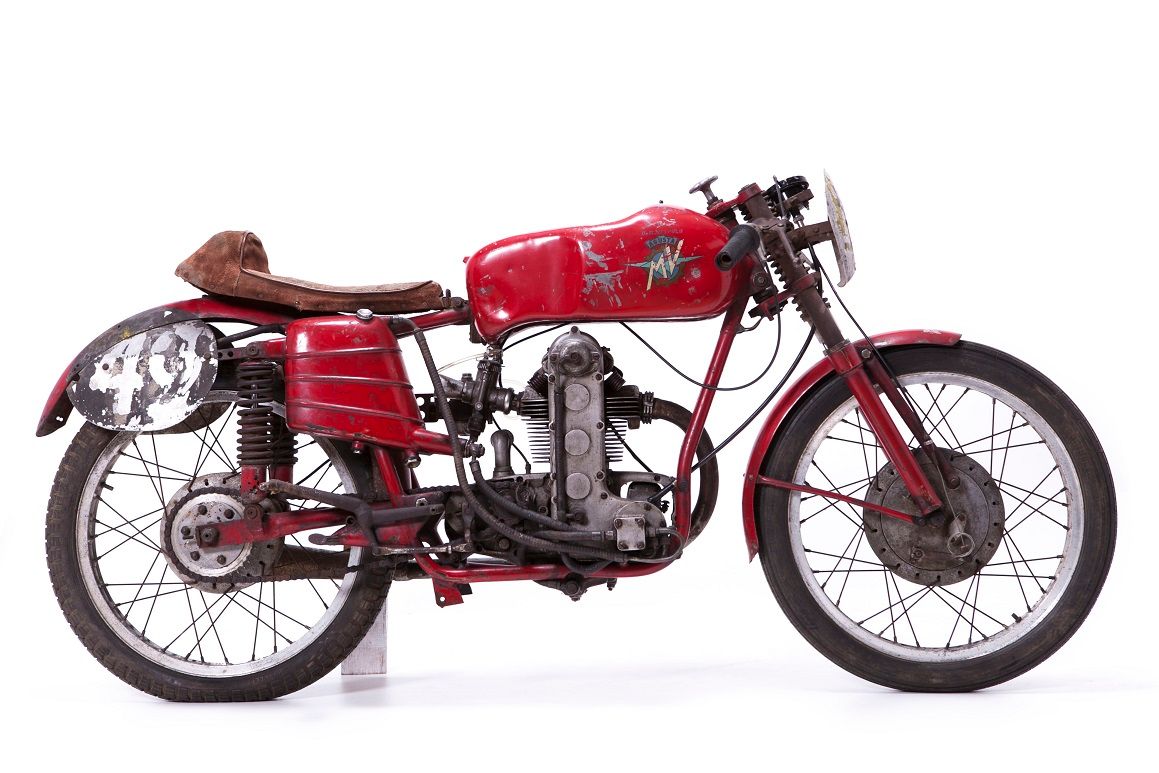
Most of the motorcycles are restored in the museum’s workshop. Often, motorcycles arrive in very poor condition, and they are all carefully examined to see whether components can be retained. The smallest details are taken into consideration during restoration, such as the right colour, whether the bolt is the right shape, and so on.
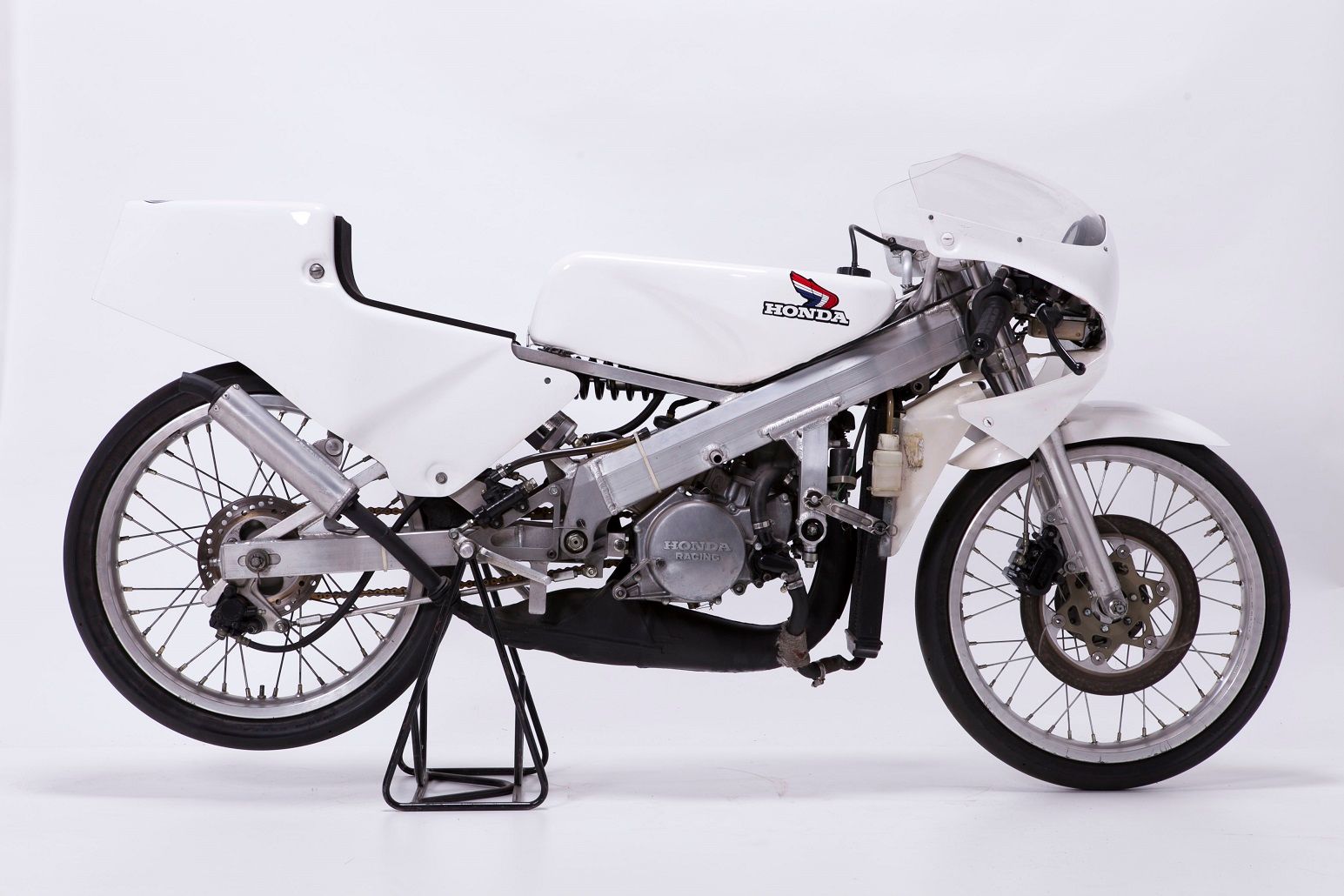
The museum pays great attention to following historically accurate processes and materials. The museum also houses a boutique where it is possible to buy badges, caps, postcards, the museum catalogue and much else.

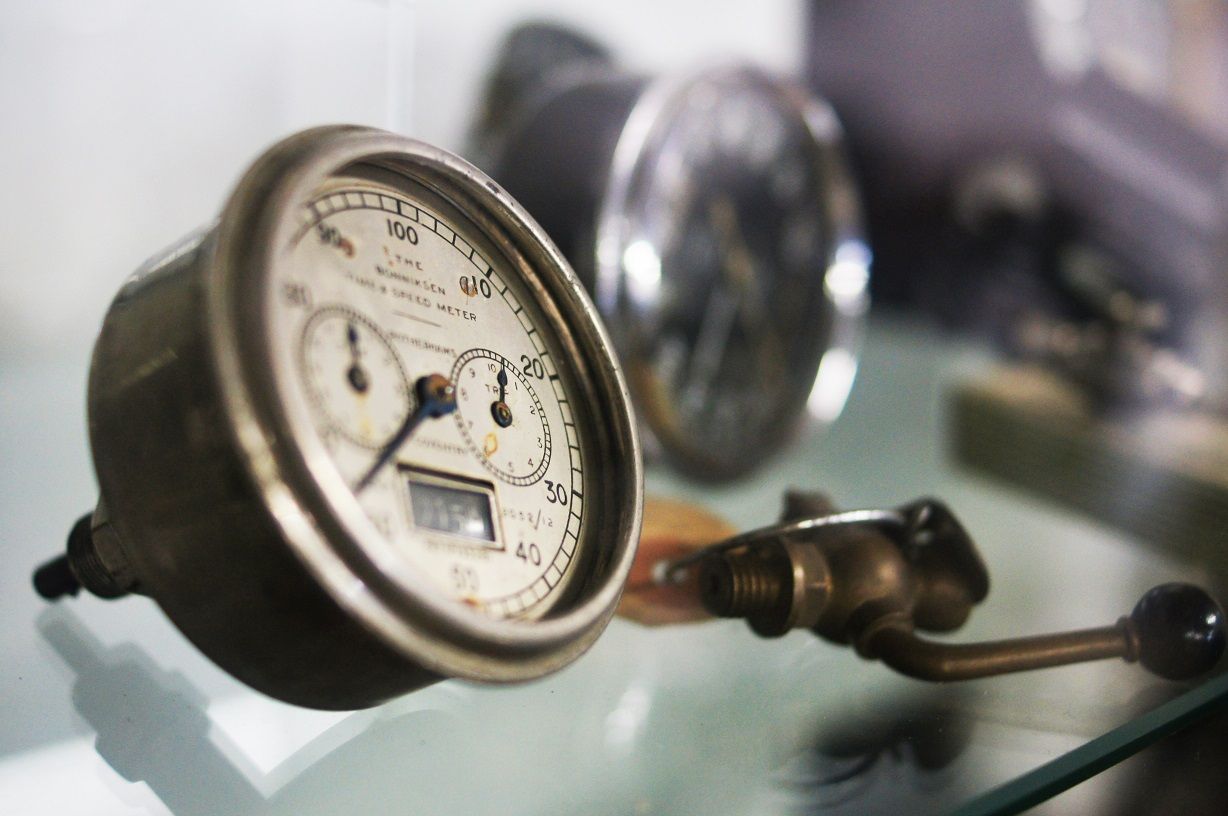
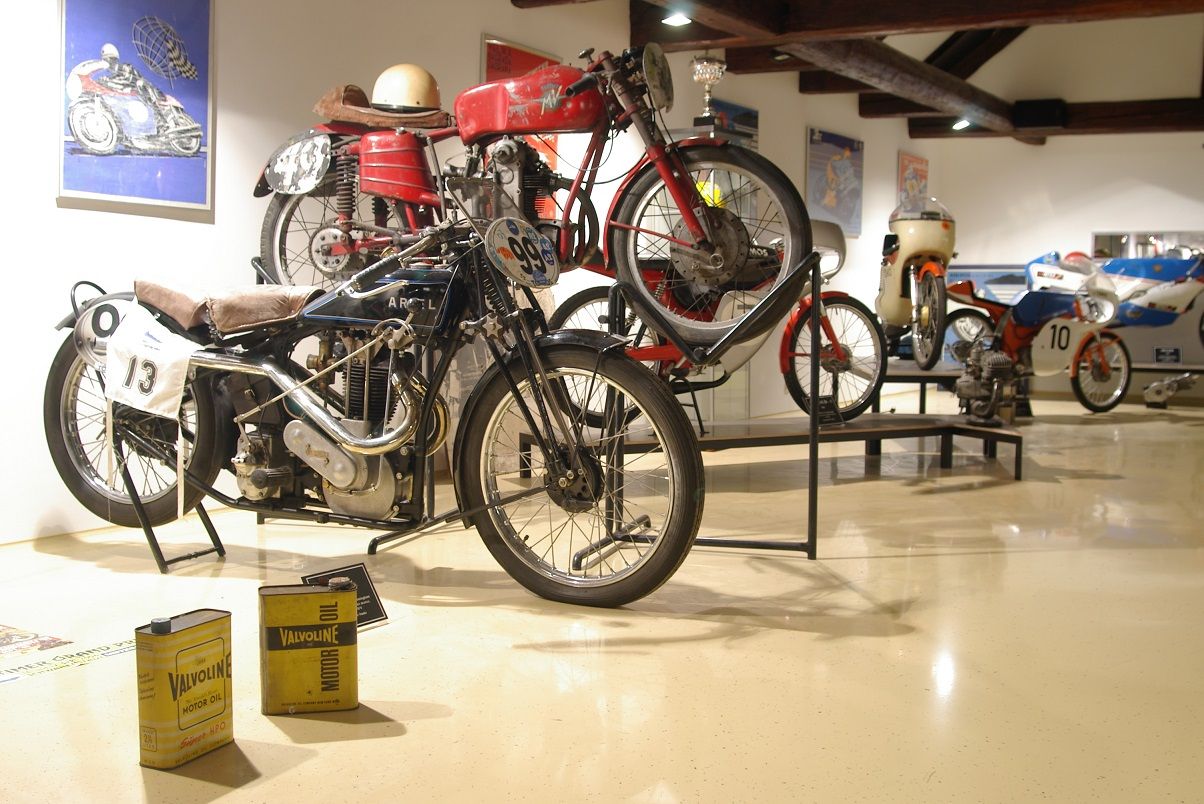

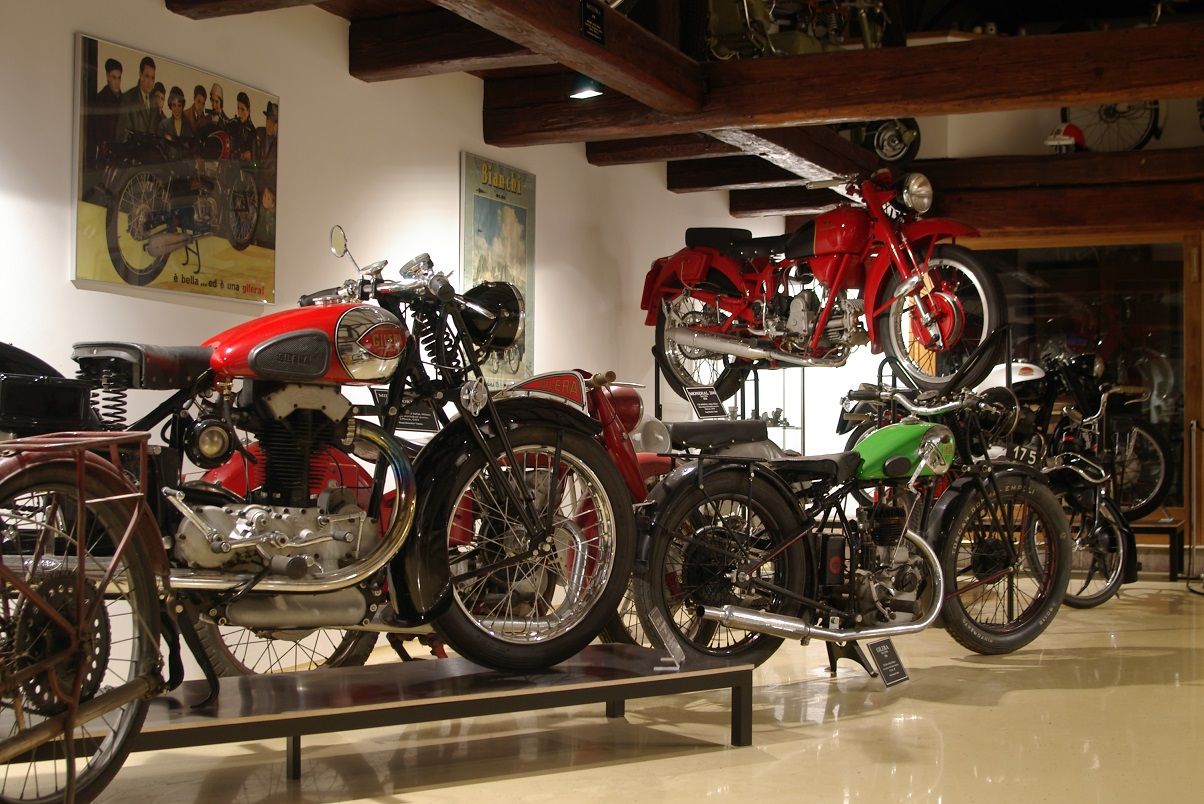
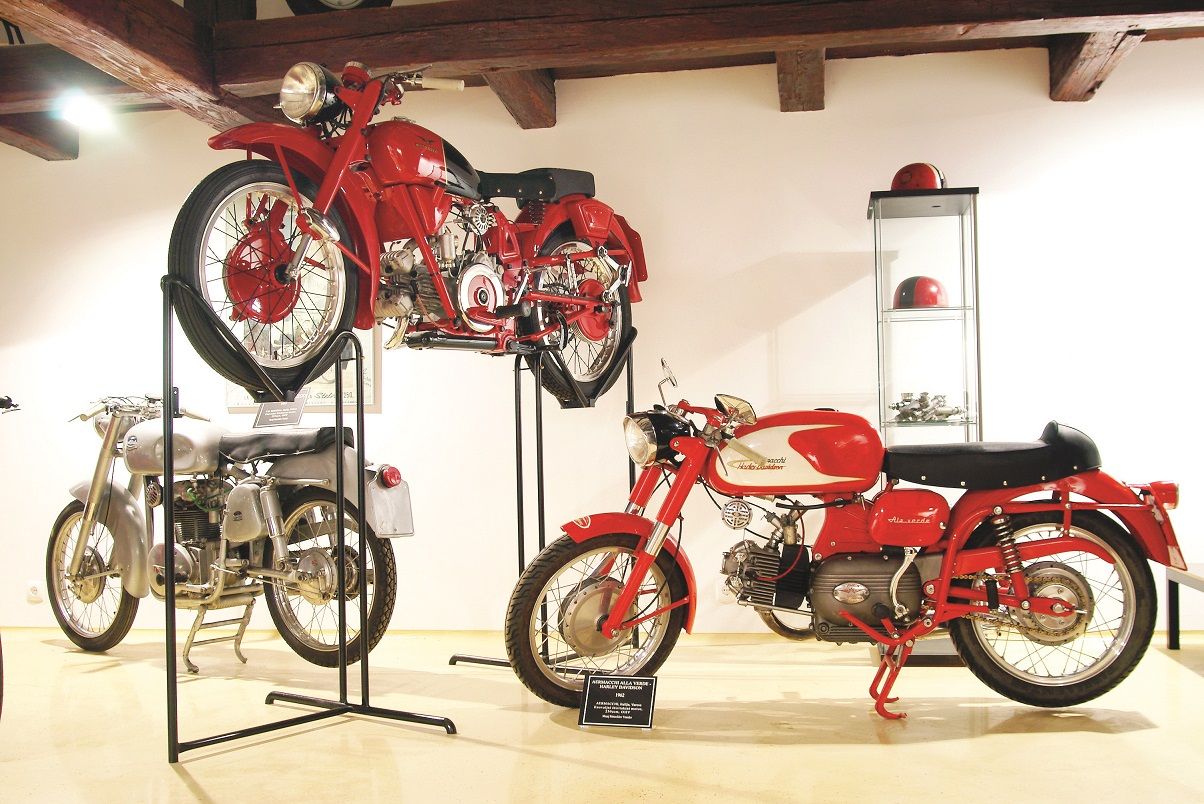
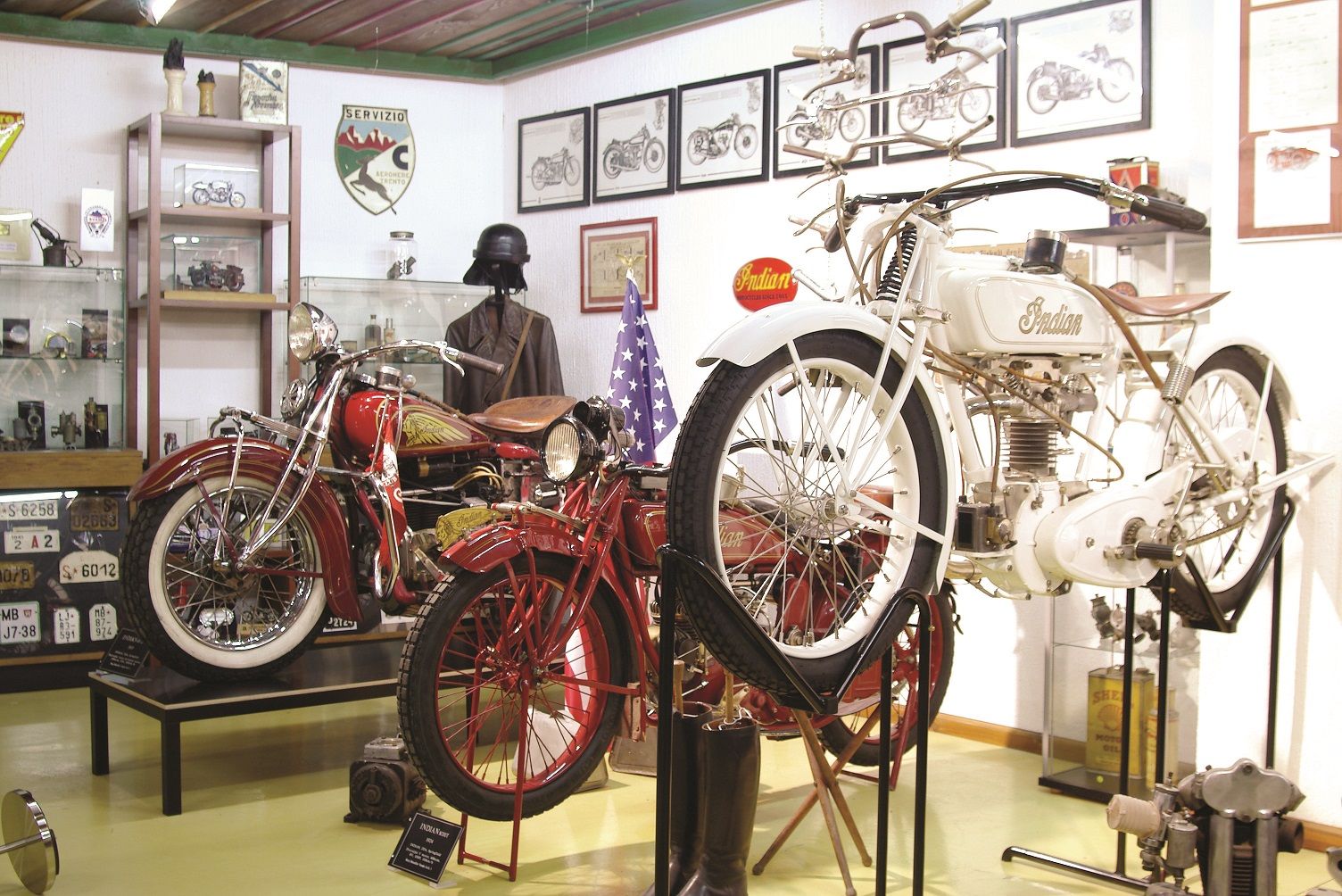
If you are into motorcycling and in the region, it is a must visit.
Comments
Sign in or become a deRivaz & Ives member to join the conversation.
Just enter your email below to get a log in link.

